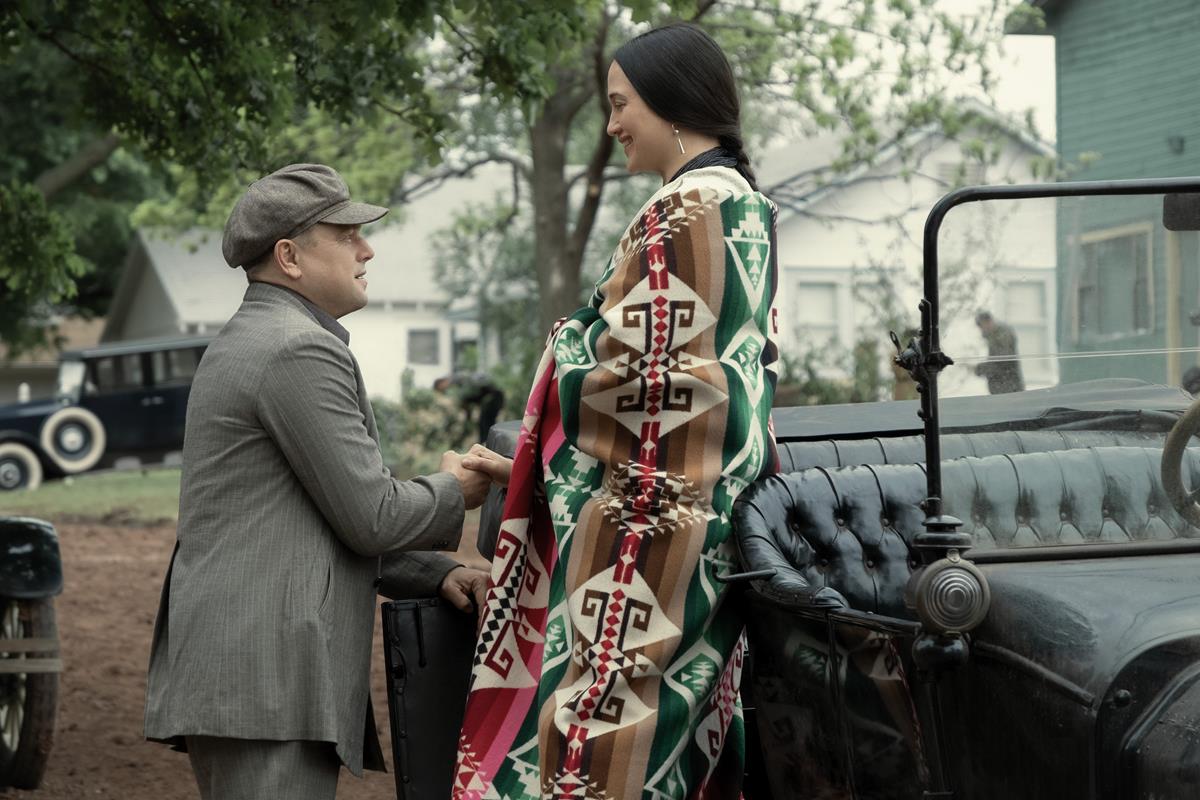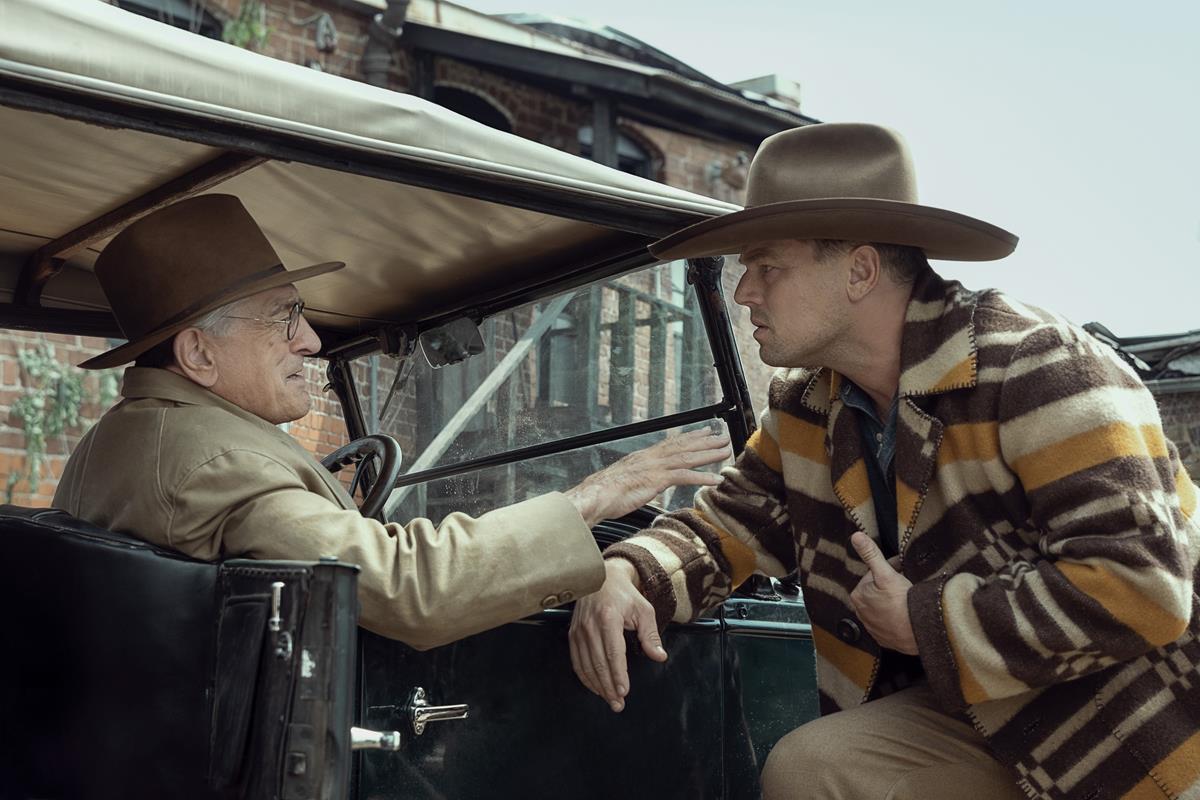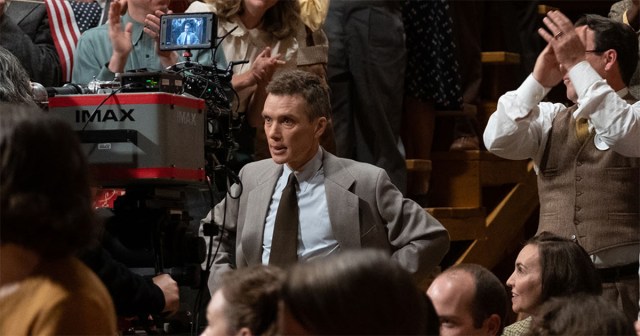Making of “The Killers of the Flower Moon”
TL;DR
- During an ever-fascinating tour through his life and career in an interview with Edgar White at the BFI London Film Festival, 81-year old director Martin Scorsese decries the demand for “content.”
- As filmmaking technology becomes easier to access, he hopes filmmakers can use that accessibility to tell stories that matter.
- He explains how he had to rework “Killers of the Flower Moon” to concentrate on a central love story, rather than the FBI.
Martin Scorsese continues to fear for the future of cinema, deriding the demand for “content.”
Interviewed by director Edgar Wright at the BFI London Film Festival, Scorsese said, “Content means it’s something you eat and you throw away — like candy. It’s madness to think you’re making content.”
He likens “content” to having TV on in the background, or the noise of a radio while you go about your daily business.
“And now, of course, I keep TCM on as much as possible.”
For Scorsese, naturally, movies are an art form and going to the cinema is almost spiritual. “The experience of seeing a film with a lot of people is really still the key, but I’m not sure that that can that can be easily achieved at this point,” he said.
“I’m afraid that the spectaculars, or what they call franchise films, will be taking over the theaters. I always ask for the theater owners to maybe create a space where younger people [could see] a new film, which is not a franchise film, sharing it with everybody around them. So that they want to go to the theater, and it doesn’t get you to the point where [they] could see it at home.”
TRAILER FOR “THE KILLERS OF THE FLOWER MOON”
Old Fashioned… Innovation
Scorsese has made his thoughts felt on this before, and most people will be sympathetic to his cause. Naturally, he continues to make movies the old-fashioned way: on film, on location, with big themes and subjects told at length. His latest, The Killers of the Flower Moon, clocks in at nearly three-and-a-half hours.
The celebrated director is not immune to digital technology, though. He used cutting-edge techniques, of course, to de-age actors for The Irishman. He understands that the use of digital video cameras enable younger filmmakers today to make movies on their own terms, just as he did with breakthrough drama Mean Streets half a century ago.
“If I was able to shoot digital, or even just video, I would have shot Mean Streets, and that way, I wouldn’t have to pay for the lights… which means we don’t need the studio.”
Scorsese’s inspiration for Mean Streets (1973) was John Cassavetes’ verité work Shadows (1959), and he thinks similar freedom is afforded to filmmakers using digital technology.
“It’s so much freedom that I think you have to rethink what you want to say and how you want to say it and use that technology,” he warns. “Ideally, what I hope is that — and I hesitate to use the word — but serious film could still be made with this new technology so that it can be enjoyed by an audience on a big screen.”
Percorso dei Ricordi
Wright did well to steer Scorsese, always a vivacious and passionate communicator, through a tour of his entire career, playing clips from movies including Mean Streets, Taxi Driver, Goodfellas, The King of New York and more in a roughly 90-minute presentation on stage.
Before all this, the 81-year-old filmmaker revealed that he had a “natural enthusiasm to want to share an experience” with other people. “We couldn’t afford to go to theater so it was in the movie theaters at the time. I wanted somebody to share and enjoy it with — all together. At a certain point, I began to get very, very excited by sharing as much as possible my experience with younger filmmakers. And then from their films, I get reinspired. It opens up a whole world,” he said.
“I always thought of myself more as a teacher than as a filmmaker.”
We learn that before making films he made what he calls storyboards, or frames, of stories, shot by shot. Sadly, “the earliest ones I destroyed. I made my own versions and color painting watercolors, but then I threw all that away,” including it seems a “Roman epic, which I never finished,” but had planned for cameras booming down on a Roman legion entering the gates of Rome.
He explained that during his time at NYU making short films, his technique for making movies came first, but the stories and themes he really wanted to explore came later. At college in 1964 he was inspired by seeing Bernardo Bertolucci’s film Before the Revolution. Bertolucci was only 22 at the time, and it was already his second film.
“I wanted to be able to express myself that way. It had such a joy of not only filmmaking, but of life, and it had such depth of culture, but I don’t come from that culture. I don’t look at politics. Ultimately, I had to find a way of expressing myself from my own culture. What kept me going was the ambition and the determination to reach that level that I had seen in Before the Revolution.”
He shared that the character of Johnny Boy played by Robert De Niro in Mean Streets is based on someone who is still alive and that the playfulness of Johnny Boy and Harvey Keitel’s character in the film stemmed from “Abbott and Costello or Bing Crosby and Bob Hope” on the road movies.
Later, he notes that the notorious scene in Goodfellas — in which Joe Pesci’s character says, “You think I’m funny. Funny how?” — “actually happened to Pesci… he took a chance with this guy and he got out of it but it was terrifying. And so that kind of banter, so to speak, structured, joking, enjoying themselves puffing up… that sort of thing was something that we did intentionally.”
For De Niro’s famous line reading of “You talkin’ to me?” in Taxi Driver, Scorsese says, “Bob improvised. I asked him to talk to the mirror. There’s a shot of him controlling the gun, which kind of comes from Shane [a film he knew was special when he watched it at age 12]. But primarily I was at his feet. And I was just saying do it again. And he would do it again. And then he just got into a rhythm, you know.”
He credits editor Tom Rolf with cutting this scene “so beautifully constructed,” (editors Marcia Lucas and Melvin Shapiro also cut the picture) and has warm words for Thelma Schoonmaker, with whom he worked on his first film, Who’s That Knocking At My Door, and then on every picture since Raging Bull.
“What’s great about Thelma is that she has no film theory — she brings just the passion, the philosophy of it, and really has no preconceived ideas about which filmmakers are more important. So we could just look at the footage like we used to work in documentaries back in the 60s.”
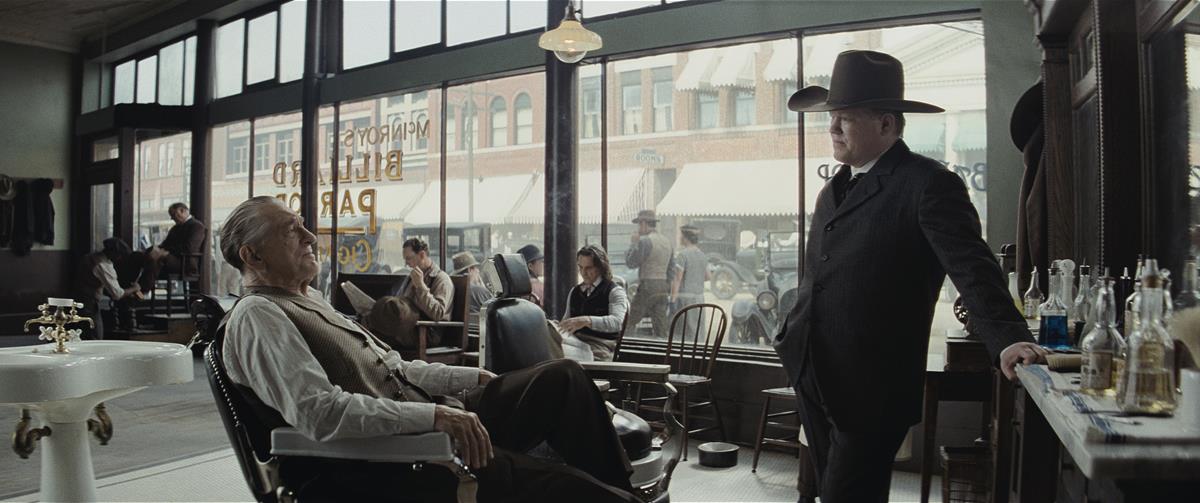
His modern classics like Raging Bull, The King of Comedy and The Last Temptation of Christ all came from personal sacrifice and a tenacity on Scorsese’s part to “will them into existence,” said Wright.
“I agree, but part of it was I still have the desire to utilize film to tell stories — but what the hell story did I want to tell? The kind of stuff that was being made in the in the studio system just wasn’t working for me. They tried, they really tried to give me different ideas. I said, ‘No,’” he recounted.
“Ultimately, it’s a battle and not giving up. And maybe the films weren’t as good as the ones [I made in] the ‘70s but it didn’t matter. I had to get certain things made the way I wanted to make them.”
For the main characters in The King of New York, played by De Niro and Jerry Lewis, the director says, “I think I was having trouble coming to terms with myself. How much of me is Rupert, how much of me is Jerry, how much of me wants to be Jerry. But Jerry is a mess too. I mean, all this going on. And it may be a little too close to home. It was extremely uncomfortable. I had difficulty shooting it because of that, and in the editing too.”
He says Schoonmaker and her husband, the late great British filmmaker Michael Powell, helped him get over the finish line.
Scorsese’s First “Western”
And so onto Killers of the Flower Moon, the nearest Scorsese has come to making a Western.
“I grew up watching westerns. And I loved them because, you know, I couldn’t go anywhere. I couldn’t go near animals, I couldn’t run, I couldn’t do so because of the asthma. Whenever they tried to take me to a park or whatever, I started getting an asthma attack or get an allergic reaction to all the nature around me. So for me to see it on the screen — beautiful palomino horses — this was heaven for me.”
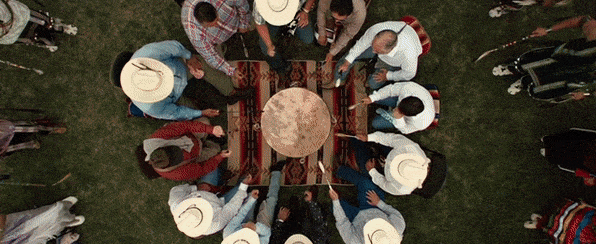
As other film historians have argued, he identifies the end of the classic genre with Sam Peckinpah’s The Wild Bunch (1969), “that ended part of the history of America too.”
Now he is using the form to retell a true story which deconstructs foundational American myths, but his approach changed radically during its writing with script writer Eric Roth. Instead of focusing on the FBI agent, which was to be played by Leonardo DiCaprio, the story shifted to the love affair between a white settler and an Osage Nation woman.
“We had to really rethink the picture, but I was glad that I had that time during COVID to rethink it. Eric said to me, ‘Where’s the heart of the movie? And I immediately said, ‘Well, it’s Molly and Ernest because they’re in love.’ And I found that out from hanging out with the Osage in Oklahoma, that it isn’t as simple as people coming in and shooting and poisoning. It’s the betrayal of trust. They said, ‘You have to understand Molly, that despite everything, they were in love.’”
If the heart of the picture was going to be Molly and Ernest, than DiCaprio decided he should play Ernest. “We had to take the script and rip it inside out. Which is what we did.”

The story may appear to be unearthed from the archive but Scorsese points out that it has been present in numerous magazines “like Penny Dreadfuls,” and also articles in Harper’s Magazine, as well as in Hollywood.
“Even in musical numbers, in movies in the ‘50s, there was always a number with the Native Americans dancing around with oil shooting up behind them. But the thing about it was that by 1958 nobody remembered it, except when they made The FBI Story,” in 1959 directed by Mervyn Leroy and starring Jimmy Stewart, which is “basically a greatest hits of the FBI,” he said.
“I thought of actually recreating the shooting of that film towards the end of my film, but, instead, it went another way.”



